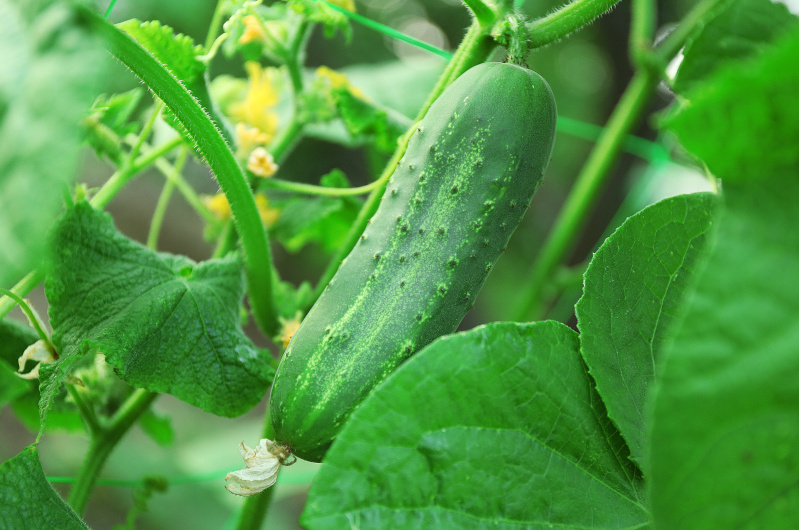How To Grow Cucumbers
Cucumbers are a popular and refreshing vegetable that can be grown in the comfort of your own garden. With their crisp texture and mild flavor, cucumbers are a versatile ingredient in salads, sandwiches, and pickles. If you’re an aspiring gardener in the UK looking to grow your own cucumbers, this article will provide you with a comprehensive guide on how to do it successfully. From selecting the right variety to harvesting your crop, we’ll cover all the essential steps.
Choosing the Right Variety:
When it comes to selecting cucumber varieties, it’s essential to consider the specific requirements of the UK climate. Some popular varieties that thrive in the UK include “Marketmore 76,” “Telegraph Improved,” and “Mini Munch.” These varieties are known for their disease resistance, productivity, and suitability to the British weather conditions.
Preparing the Soil:
Cucumbers prefer well-drained, fertile soil with a pH level between 6 and 7. Before planting, prepare the soil by removing any weeds and incorporating organic matter, such as compost or well-rotted manure. This will improve the soil structure and provide essential nutrients for healthy plant growth.
Starting Seeds Indoors:
In the UK, cucumber plants benefit from an early start indoors. Start seeds in pots or trays about 4-6 weeks before the last frost date. Plant the seeds at a depth of 1 inch, and keep them in a warm location with sufficient light. Once the seedlings have developed two or three true leaves, they can be transplanted outdoors.
Outdoor Planting:
Wait until all risk of frost has passed before transplanting your cucumber seedlings outdoors. Choose a sunny location in your garden that receives at least 6-8 hours of direct sunlight per day. Space the plants about 12-24 inches apart, depending on the variety. Provide support for vining varieties by using trellises or stakes.
Watering and Mulching:
Cucumbers require consistent moisture throughout their growing period. Water the plants regularly, ensuring the soil remains evenly moist but not waterlogged. Applying mulch around the plants will help retain moisture, suppress weeds, and maintain a more stable soil temperature.
Fertilization:
To encourage vigorous growth and abundant fruiting, cucumbers benefit from regular feeding. Apply a balanced fertilizer, following the manufacturer’s instructions, or opt for organic alternatives. Side-dress the plants with fertilizer once they start producing vines, and repeat every 4-6 weeks during the growing season.
Pest and Disease Management:
Cucumbers are susceptible to various pests and diseases, including aphids, cucumber beetles, and powdery mildew. Monitor your plants regularly and take appropriate measures to control pests, such as using insecticidal soaps or organic pest control methods. Proper spacing, good airflow, and avoiding overhead watering can help prevent common diseases.
Harvesting:
Harvesting cucumbers at the right time is crucial for the best flavor and texture. Most varieties are ready to be picked when they reach 6-8 inches in length. Use a sharp knife or scissors to cut the fruit from the vine, taking care not to damage the plant. Regularly harvesting mature cucumbers will also encourage continuous production.
Growing cucumbers in the UK can be a rewarding experience, providing you with an abundant supply of fresh, homegrown vegetables. By selecting the right variety, preparing the soil, providing proper care, and managing pests and diseases, you can enjoy a bountiful cucumber harvest. So roll up your sleeves, follow these steps, and soon you’ll be enjoying the taste of your very own homegrown cucumbers. Happy gardening!



